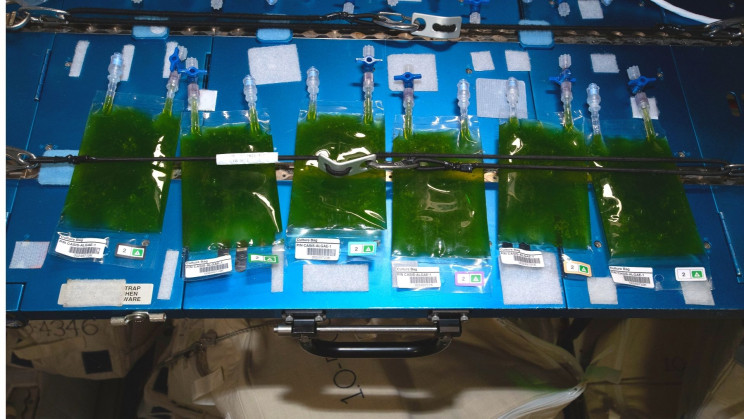A group of international researchers led by the Delft University of Technology (TU Delft) in Netherlands used 3D printing to create a living material made of algae that could lead to sustainable energy production on Mars as well as a number of other applications, a TU Delft press release explains .
.
The researchers used a novel bioprinting technique to print microalgae into a living, resilient material that is capable of photosynthesis. Their research is published in the journal Advanced Functional Materials .
.
“We created a material that can produce energy simply by placing it into the light,” Kui Yu, a Ph.D. student involved in the work, explained in the release. “The biodegradable nature of the material itself and the recyclable nature of microalgal cells make it a sustainable living material.” A sample of the microalgae printed on bacterial cellulose, a material with potential applications in space. Source: Best of both worlds Using non-living bacterial cellulose and living microalgae to print a unique material with the photosynthetic capability of the microalgae and the tough resilience of the bacterial cellulose. The researchers say the material is also eco-friendly, biodegradable, and scalable for mass production. “The printing of living cells is an […]
Click here to view original web page at interestingengineering.com





























0 Comments